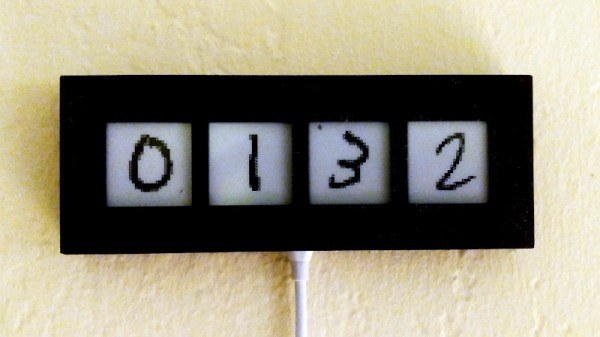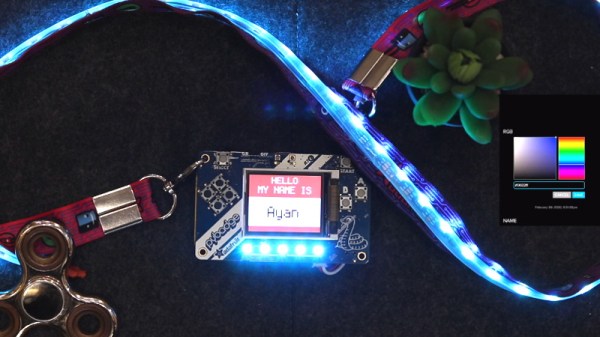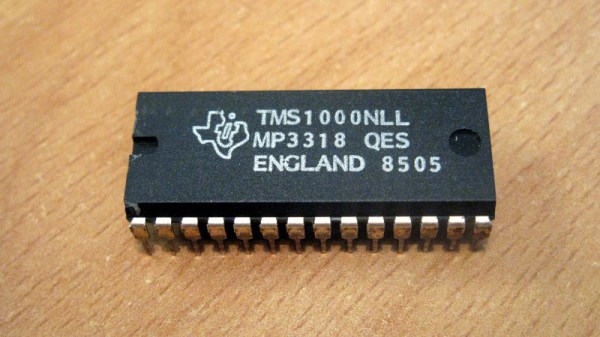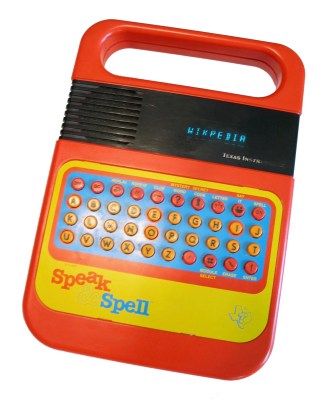When training neural networks to recognise things, what you need is a big pile of training data. You then need a subsequent pile of testing data to verify that the network is working as you’d expect. In the field of handwriting recognition, the MNIST database is commonly used to train networks on handwritten numerals. After [Evan Pu] mentioned it would be fun to use this data to create a clock, [Dheera Venkatraman] got down to work.
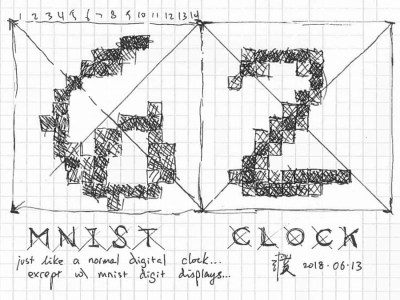
The MNIST database contains 60,000 training images, and 10,000 test images. [Dheera] selected an ESP32 to run the project, which packs 4MB of flash storage – more than enough to store the testing database at 196 bytes per numeral. This also gives the project network connectivity, allowing the clock to use Network Time Protocol to stay synchronised – thus eliminating the need for an external RTC. Digits are displayed on four separate e-ink displays, which fits well with the hand-drawn aesthetic. It also means the clock doesn’t unduly light up the room at night.
It’s a fun project that will likely draw a knowing chuckle from those working in the field of handwriting recognition. We’d love to have one on our desk, too. If you’re thinking of attempting a build yourself, check out our recent contest for more inspiration!

